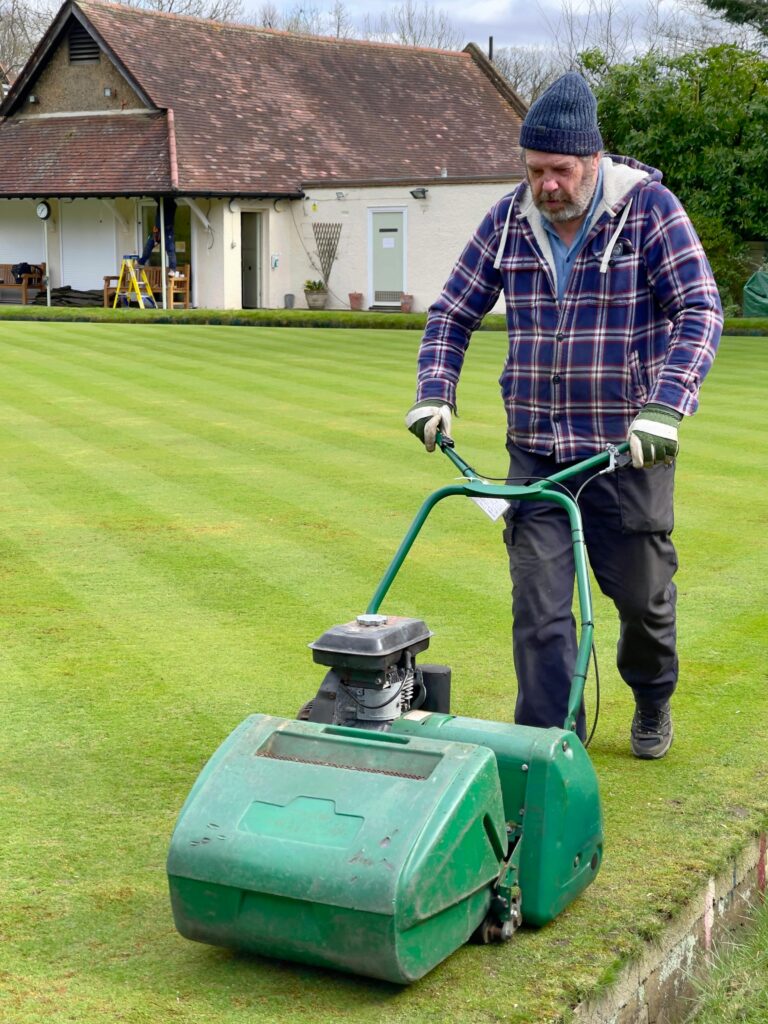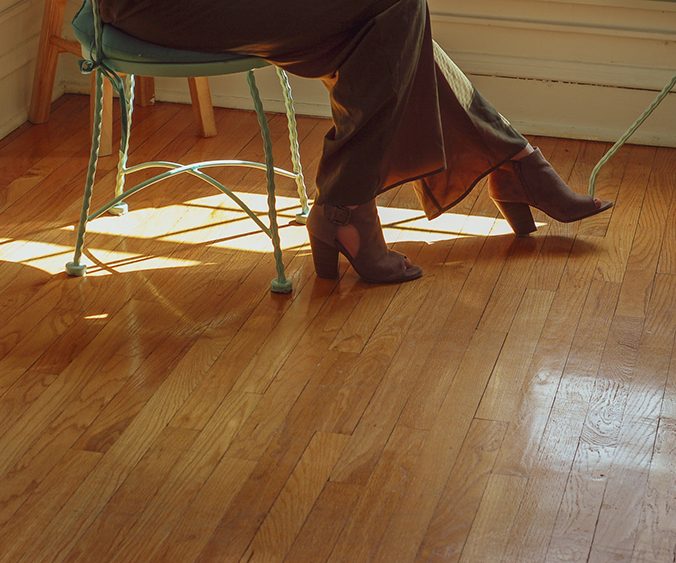
American Standard tub photo by Lowe’s
“They” say that one of the few absolutes in life is aging. Nobody really wants to do it, but everyone does it, regardless. Another absolute is that aging will bring challenges to many seniors wanting to stay in their homes, also known as aging in place.
CBS News reports that 2024 is a record-breaking year for retirement in America, with an average of 11,000 people a day turning 65 years old between now and December. The youngest Baby Boomers recently turned 55. So, if you are feeling the effects of aging, and you do want to stay in your home, the time to start preparing is now, before you actually need it.
Don’t underestimate the necessity of planning today for tomorrow’s challenges. AARP reported recently that more than three-quarters of adults 50 and older want to age in place, while a third of those say their homes need modifications in order for them to stay there safely and independently. Click here to see the report.
Are you hunting for the perfect age-in-place home or looking to do what takes to modify the home you’re in? Let’s take a look at what needs to be done to get your home ready for aging in place.
Stairway to heaven?

Photo by Gerrit Tisdale on Pexels.com
While those stairs in your house seemed like a great way to keep in better shape, they will become more hazardous and challenging as you age.
If you live in a home with stairs, they can become a falling hazard. In fact, more than 90% of serious hip fractures are caused by falling, and many of those involve stairs.
If you must age in place in a home with stairs, adding rails to both sides makes them easier and safer.
If you are in the market for a new home in which to age in place, your best option is to find one without stairs or front steps.
Mobility aids
Bathrooms can be tough places for aging seniors. First, you don’t want to have to climb in and out of bathtubs. A walk-in shower is a better option, and there are even walk-in tubs available with special doors.
Fix up the bathroom with safety grab bars. These can be used next to the toilet, or attached to the walls in tub and shower areas. These bars are one type of mobility aids, which also may include:
- Tub and shower seats
- Raised toilet seats
- Motorized lift chairs
- Stair lifts
- Wheelchairs
- Walkers
- Outside ramps
- Elevators (yes, some two-story homes have elevators for seniors)
Ease of maintenance

Photo by Alan Miller on Pexels.com
While you may enjoy home maintenance chores now, these chores become more challenging as you age, and they may even become risky. Do you want to be hopping up and down a ladder to clean out your gutters in your 70s or 80s? How about shoveling snow?
For these reasons, many seniors downsize their homes and move into condos or townhomes.
Home Owners Associations (HOAs) will handle most maintenance needs. There are 55+ HOA communities with the added benefit of peace and quiet.
If you’re looking for HOAs in your area that handle maintenance, your realtor can help your find just what you’re looking for.
One important consideration for seniors is a walkable neighborhood or proximity to transportation services. Statistics show that people live at least 7 – 10 years past their ability to drive. Many senior communities are dedicated to creating walkable neighborhoods. Walkscore.com rates neighborhoods by walkability, and it’s a great tool when shopping for HOA living. Look for a walk score of 70 or higher and nearby supermarkets and restaurants within walking distance.
Are HOAs worth the cost? Click here to learn more.
Playing it smart
Remember the commercial? Clap on, clap off, the Clapper!
For the younger folks, controlling your lights with a clap of your hands is a novelty (or a sign of laziness), but to an octogenarian, it makes life easier. While the Clapper is quite low-tech, there is a growing field of smart tech that can help seniors age more gracefully at home.
For starters, how about a stove that can ring your phone when dinner is ready so you don’t forget about it, or if your hearing is too compromised to hear the buzzer?
Here some other smart ideas:
- Smart door locks that can open with voice activation, fingerprint, or even retinal scan, depending upon how much you want to pay. Forgetful seniors won’t get locked out by leaving their keys inside.
- Voice controlled washing machines
- Dishwashers that alert your phone when dishes are done or if the unit is leaking
- Motion sensor lighting that turns lights on and off when you enter and leave a room
A slippery slope

Don’t overlook floors when planning for aging in place. Tile or smooth wood floors become slippery when wet, and a fall on these surfaces can lead to serious injury. Replacing tile or wood floors can be very costly, but there’s a simple, safe way to prevent slips, using a slip-resistant floor treatment.
Slip Doctors has products for marble, tile, wood, and more. An easily applied treatment creates and “invisible tread” to make any floor safer for seniors.
Now even floors are smart!
Even with the best prevention, we can’t always prevent falls. Satech, Inc. makes SmartCells® cushioning solutions, which lessen the impact force of falls and preventing serious injuries. SmartCells® flooring can be installed throughout the house on top of existing flooring. Click to learn more.
The time is now
If you are entering your senior years, you may decide you want to stay in your home and age in place. As mentioned earlier, the time to prepare is now, not when you’ll need modifications in a hurry.
Buying or selling a home in Western North Carolina?
Avoid unpleasant surprises! Contact Asheville Home Inspector Peter Young before signing any contracts. Call (828) 808-4980, or click here to make an appointment.